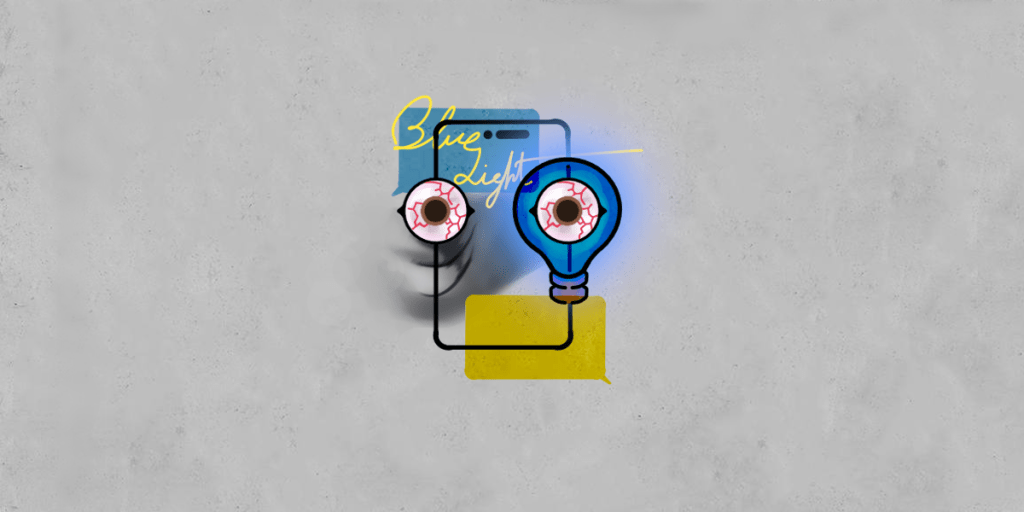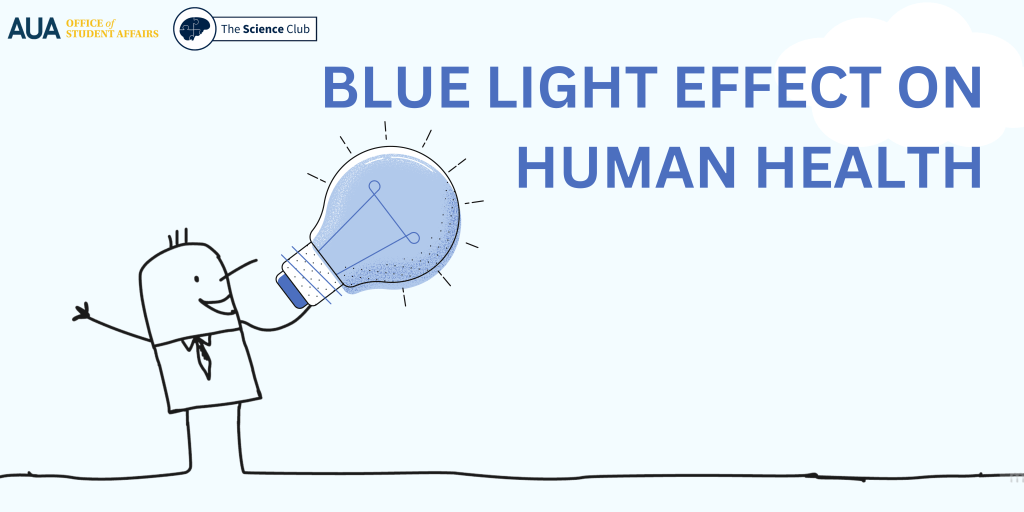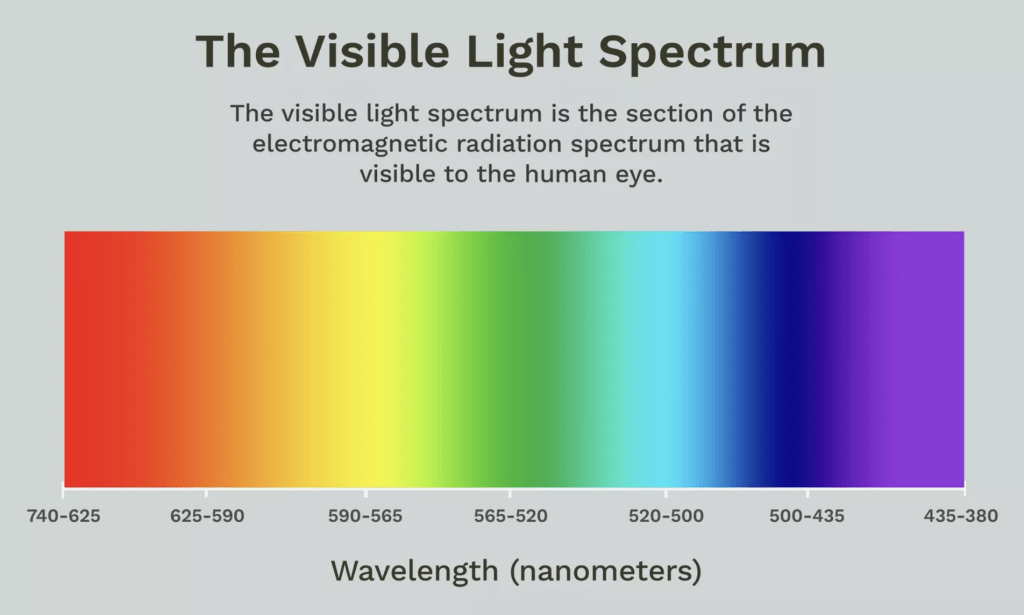

In a world where we constantly look at screens of all sizes, many people remain uninformed about blue light. It refers to visible light, with a wavelength range of 435 to 500 nanometers, which is part of the spectrum surrounding us. There are some concerns about its impact on our health.

In the natural world, the sun is the primary source of blue light. Also, it is the reason why we wake up, be energized, and keep our internal clocks in sync. Yet, screens flood our days and nights with abundant blue light as our lives shift toward digital landscapes. This artificial influx can wreak our sleeping patterns, throwing our circadian rhythms off balance.


Imagine scrolling through your phone past midnight like many of us often do. That vibrant, bluish glow might seem harmless, but it isn’t like that at all. Blue light at night suppresses the release of melatonin, the hormone responsible for inducing sleep. Your brain thinks it is daytime; before you know it, sleep eludes you, leaving you drowsy and disoriented the next morning.

While screens have revolutionized our lives and work, our eyes pay the price. Blue light’s short wavelengths penetrate deeper into the eye, which is harmful. Extended exposure to screens can lead to eye strain and symptoms like dryness, irritation, and blurred vision. Over time, the cumulative effects might even contribute to conditions like cataracts and macular degeneration.

Digging deeper, studies point to a potential link between excessive blue light exposure and early-onset depression. There is a thin line between light, mood, and mental health that further highlights the need to tread carefully in our increasingly screen-dominated world.
However, not all effects are adverse. Research suggests that blue light can enhance cognitive functions, boosting focus, alertness, and processing speed. Think of tackling your to-do list with newfound clarity and energy, thanks to the stimulating effects of this light.
There are steps to mitigate the effects of blue light. Adjusting screen settings, adopting the 20-20-20 rule (taking a 20-second break every 20 minutes and looking at something 20 feet away), and even wearing blue light-blocking glasses can shield your eyes from the potentially harmful effects of prolonged screen time.
As technology progresses, our understanding of its effects on our health deepens. Blue light, a seemingly ordinary part of our surroundings, has become greatly significant. Our screens are here to stay, but so is our ability to adapt and protect ourselves. By taking proactive steps, we can change our lives with knowledge and take care of our well-being from the ever-present glow of blue light.
Images above created by the AUA Science Club.













